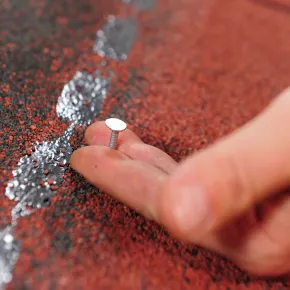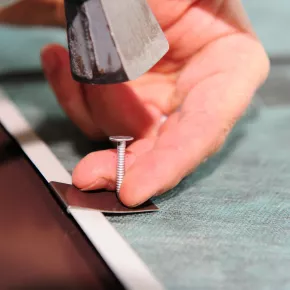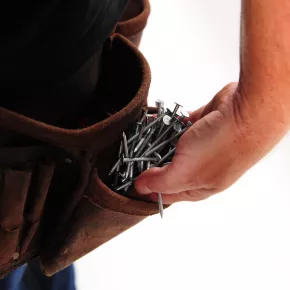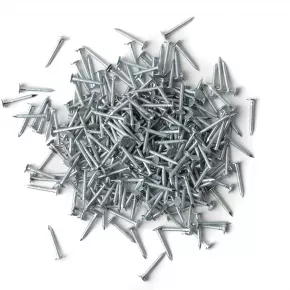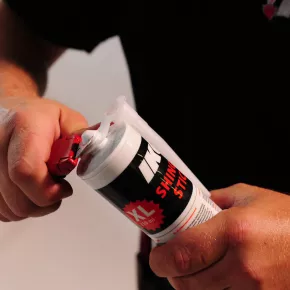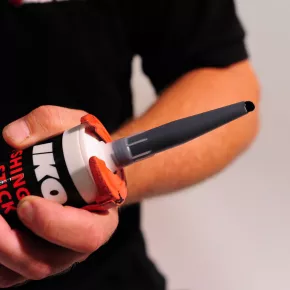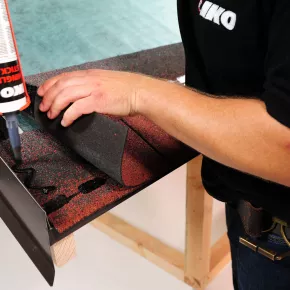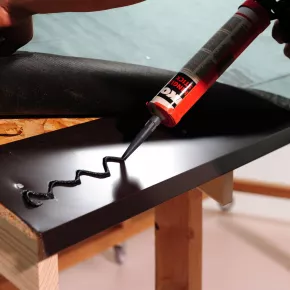Search
Search
1419 results were found.
Application films
Application film Armourvent Multi PLUS
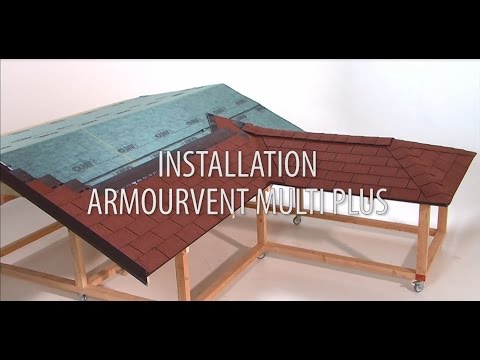
Application Film Armourvent Standard

Application Film Armourvent Special
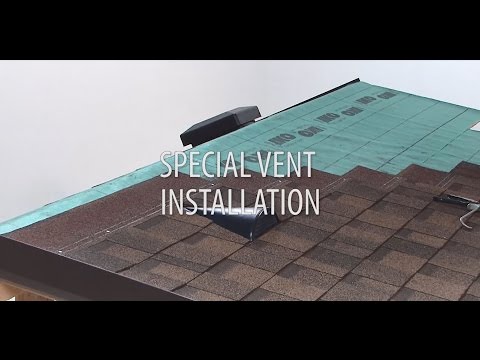
Nail Pull Resistance Test
In this "Nail Pull Resistance Test" we will show you how easy or difficult it is to take shingles out of an OSB board. This will show how effective the nails are and which type of nails prevent the shingles from being blown from the roof.
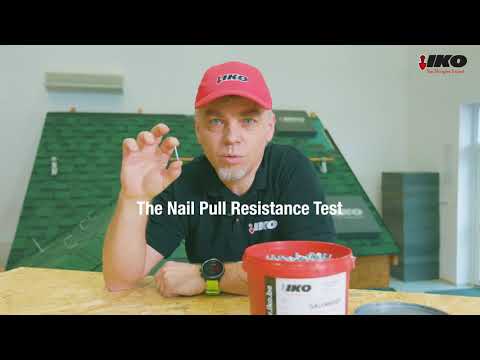
Application instructions
You need IKO nails to fix the underlayment and roof shingles.
Corrosion resistant nails (galvanised clout nails) 25 mm in length and a head diameter of 10 mm. The shaft should be 3 mm in diameter and barbed.
The nails should sit 19 mm into the roof surface.
Laminated shingles (Cambridge Xtreme 9.5° or Cambridge Xpress) and nailing of hips and ridges require nails 30 mm in length.
Proper fastening is essential for a good roof. Drive the nails straight so that the nail heads are flush with, but not cutting into the shingle surface. Always nail 2,5 cm above the cut-out and 2,5 cm from each edge. For correct positioning and nail quantities per type of shingle and roof slope check out the detailed application instructions.
If your roof has a steep slope (>60°) or if you are living in a highly exposed area you will need to use extra nails and Shingle Stick adhesive.
What nails to use for installing roof shingles?

Za zagotavljanje vodotesnosti strešnih detajlov na slemenih, obrobah, žlotah, oknih in drugih delih strehe morate uporabiti IKO bitumensko lepilo.
Čeprav so strešniki pribiti, je potrebno na območjih z veliko vetra skodle dodatno prilepiti z bitumenskim lepilom. To velja tudi za polaganje skodel v zimskem času.
Pazite, da za lepljenje IKO bitumenskih skodel ne uporabljate katere koli druge znamke bitumenskega lepila.

